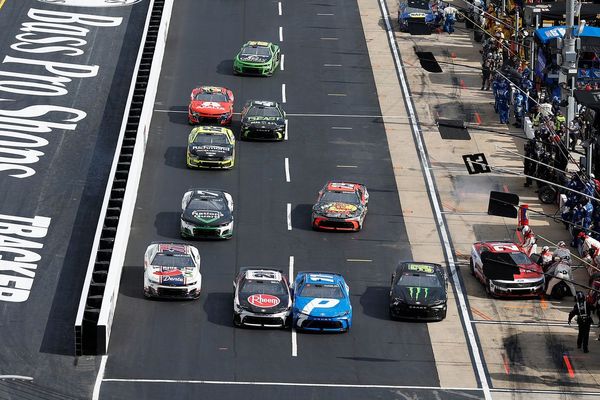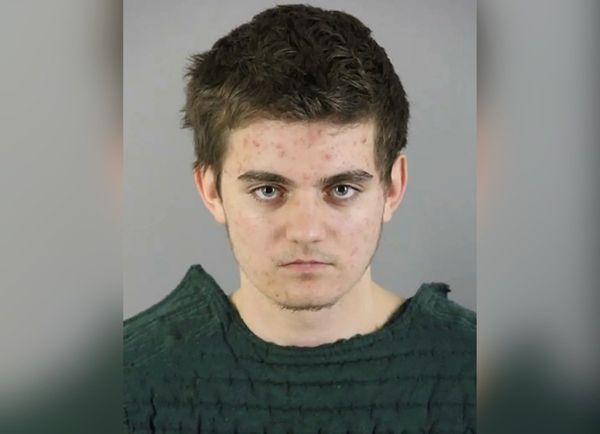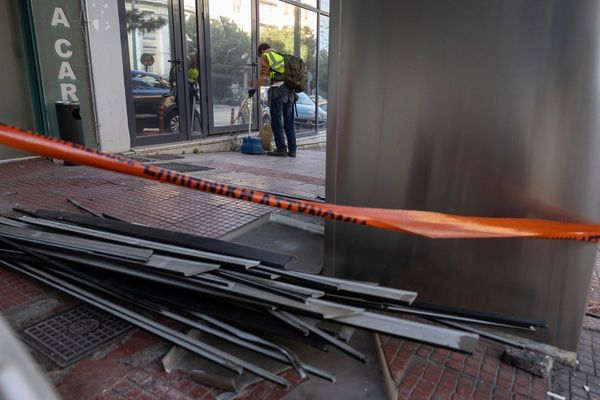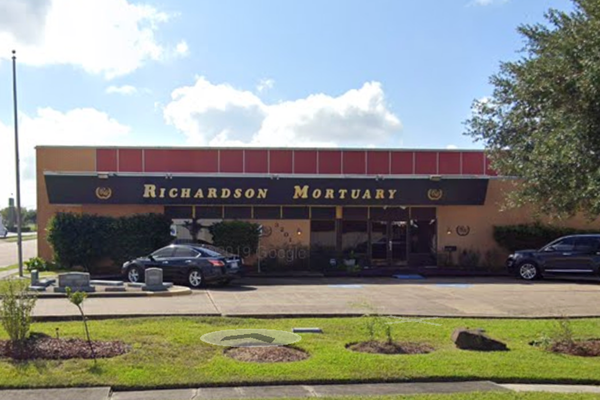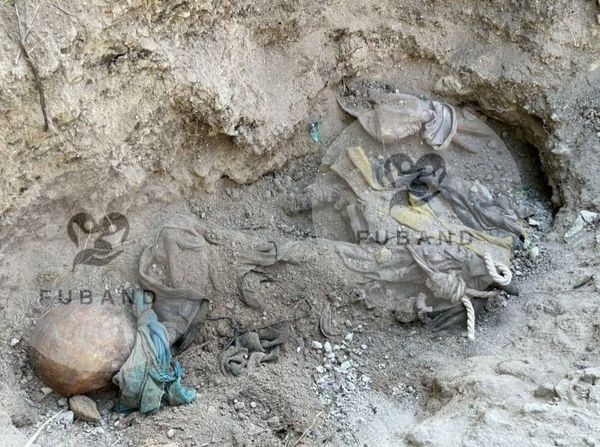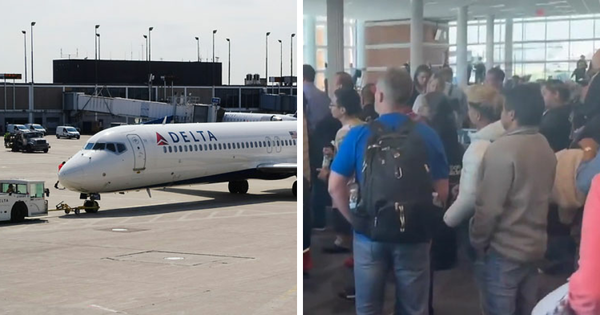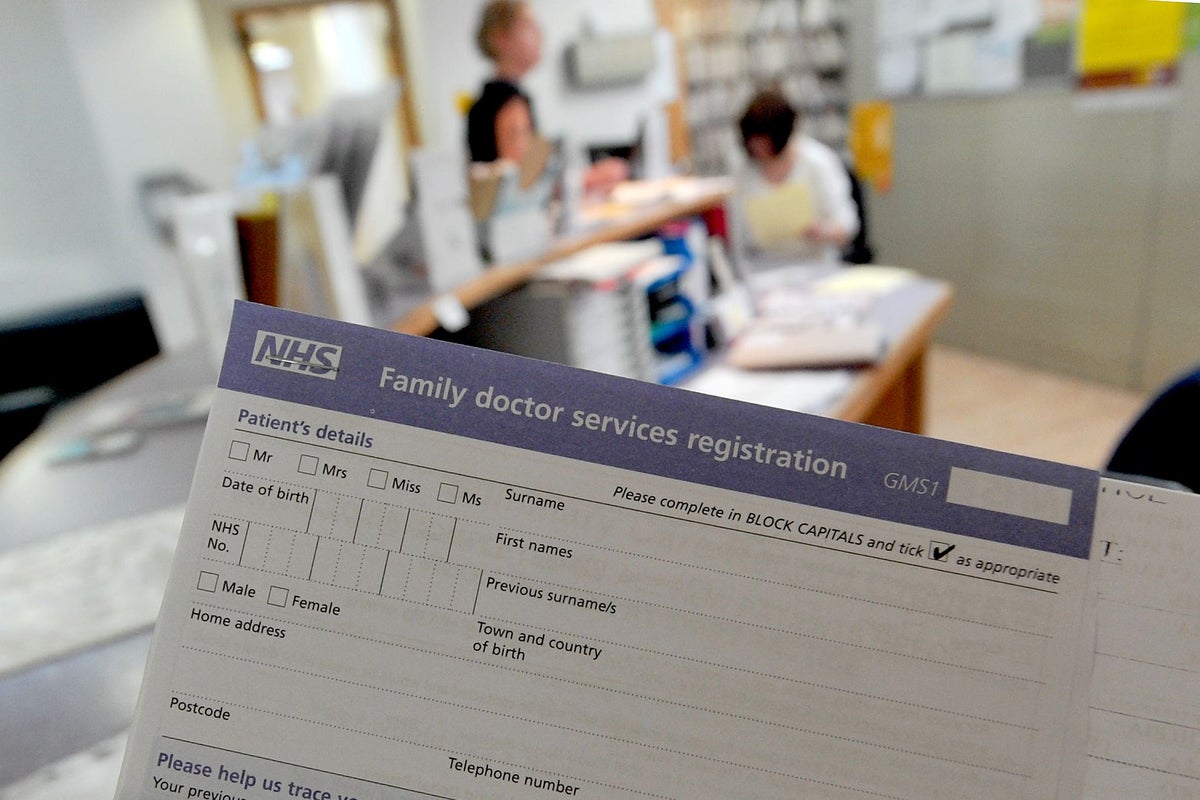
A scheme introduced to enhance access to general practice by bringing in staff such as pharmacists and physician associates could be driving down GP vacancies, a new survey suggests.
Family doctors told GP publication Pulse they have seen a reduction in the number of vacancies advertised in the last year.
The 612 respondents reported 619 vacancies in November 2022, which fell to 449 in May 2023 and 347 for this month.
Pulse said GP leaders put the fall down to the Additional Roles Reimbursement Scheme (ARRS), as well as a lack of resources and space to house family doctors.
ARRS was introduced in 2019 as a means of bolstering general practice capacity.
As part of the scheme, primary care networks can claim back on the salaries and some costs of the 17 roles.
Of the GP partners surveyed, 62% had increased their use of pharmacists in the past year, with 21% using more physician associates.
Some 47% reported a rise in the use of first-contact physiotherapists, as well as mental health practitioners (41%), paramedics (33%) and advanced clinical practitioner nurses (36%).
Dr Malinga Ratwatte, chairman of the British Medical Association’s GP registrars (trainees) committee, said: “The sentiment that we are hearing from the ground from senior registrars, as well as recently qualified GPs who have just finished their training, is that they are finding it more and more difficult to find work – salaried jobs as well as locum work.
“In the last few years GPs have recognised that the intensity of the work means that they find it difficult to work ‘full time’ – the definition of that is variable.
“I think GPs have sought to mitigate this by taking up different roles as part of a portfolio career, and that has been a way to retain the workforce to some extent.
“But with the increase in the ARRS, the amount of work available as well as salaried jobs has actually decreased.”
We are worried that the expansion of ARRS roles is going to exacerbate the workforce crisis, and we are worried we are travelling in the wrong direction— Dr Malinga Ratwatte, BMA
Dr Ratwatte said the union fears an “exodus” of GPs from the profession and the country.
“We are worried that the expansion of ARRS roles is going to exacerbate the workforce crisis, and we are worried we are travelling in the wrong direction,” he added.
It comes after the BMA called for a pause in the recruitment of medical associate professionals (MAPs), such as physician associates, until their roles are clarified.
MAPs are set to play a larger role in the health service in England under workforce plans for the next 15 years, but there are concerns that they do not have to complete the same medical training as doctors.
However, Professor Kamila Hawthorne, chairwoman of the Royal College of GPs, said the Pulse survey results are “surprising” as “what we hear from many members is that they are finding it very difficult to recruit GPs, even after several months”.
“What I hope isn’t the case is that practices are giving up and making do without enough GPs to deliver the care and services their patient population really needs,” she added.
“As a college, we’re very supportive of general practice working as GP-led, multi-disciplinary teams – and it isn’t surprising to see increased recruitment of many roles, given funding for ARRS roles practices have received.
“We want our patients to receive safe, timely and appropriate care, and often that doesn’t have to be delivered by a GP – but practice nurses, pharmacists and physios, for example, whilst excellent in their own fields, are not substitutes for GPs.
“We continue to desperately need more GPs but figures show that whilst workload in general practice is increasing, numbers of fully qualified, full-time equivalent GPs continue to fall.”
With overall funding for GPs falling in real terms, many practices are having to ration the limited financial resources but also cope with a huge increase in demand— Dr Steve Taylor
Dr Steve Taylor, GP spokesman for Doctors’ Association UK, blamed increasing costs.
He said: “There is clearly a reduction in the ability for GP practices to offer work for GPs based on these figures. A conclusion could be made that practices are using alternative direct patient care staff to fill vacancies.
“Yet it is more likely that increasing costs are making it harder. With overall funding for GPs falling in real terms, many practices are having to ration the limited financial resources but also cope with a huge increase in demand.
“Some are choosing to use this limited funding differently. Practices should be financed for both more GPs and more clinical support staff. Currently they are not.”
A Department of Health spokesman said: “Our £1.2 billion Primary Care Recovery Plan is addressing the challenges facing the sector by recruiting more staff, and using the latest technology, freeing up GP time by funding pharmacists to do more and reducing workload by cutting bureaucracy.
“Thanks to the hard work of GPs and practice staff our plan is working, with 29 more appointments in every GP practice, per working day, and more than 2,600 additional doctors and 34,000 extra staff, compared to 2019.
“Staff recruited via Additional Roles Reimbursement Scheme help reduce the workload of doctors in general practice and assist patients directly, allowing GPs to focus on the work only they can do.”
